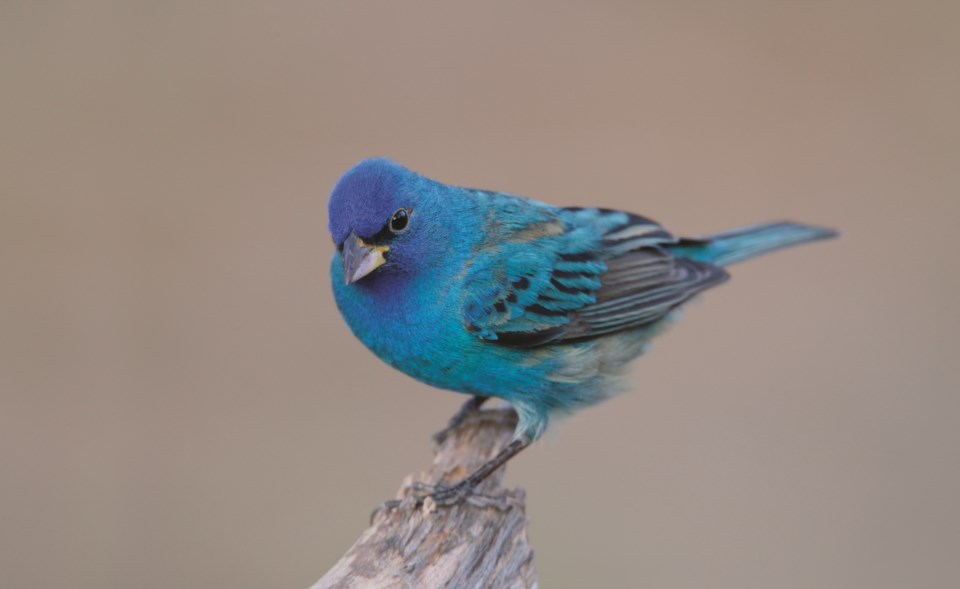The spring migration season ended on schedule with first reports of common nighthawk on May 27 and black swifts on June 1. Thus, we enter a month of stasis as all our expected summer residents and northbound migrants have appeared. The pattern will be broken in the last few days of June, as amazingly, the first southbound migrants will appear.
This goes to show that the various species and families of birds are on completely different schedules. The nighthawks and swifts mentioned above are aerial insectivores with a life cycle tied to the abundance of their prey (insects). Thus, they are present in B.C. during our long summer days of insect abundance but migrate all the way to Central and South America for the winter months. On the other hand, the south bound migrants that will appear in late June and early July are sandpiper species: western, least and semipalmated. These species breed on the high-latitude tundra of Siberia, Alaska and northern Canada. After their young fledge, the adults head south, leaving their month-old young to fend for themselves and incredibly to find their own way south on a long migration to warmer winter climes!
Gospel Rock in Gibsons has been hosting a rarity, a male indigo bunting for the 10 days since May 27. The bird is sparrow-sized and brilliantly blue (indigo?) all over. It has been easily found singing from high perches in the hope of attracting a non-existent mate. A close relative, the uncommon lazuli bunting, has also been seen here sporadically. Gospel Rock has also produced both eastern and western kingbirds, uncommon migrants on the Coast, both breeding east of the Coast Range, typically in the Okanagan and the Cariboo grasslands. Gospel Rock is a key location for birds and therefore birders, as it is an oasis of cleared, brushy, habitat in a sea of coniferous forest. Being in the Howe Sound corridor, it is also potentially a promising location for rare migrant species heading for the Interior. Hence, the buntings and kingbirds.
Our local breeding birds are in full song right now at the height of the nesting season. Now would be a good time to learn a few of the commonly heard songs, such as warbling vireo, western tanager, and black-headed grosbeak. Songs can be heard online by Googling the species name or by acquiring the free Merlin app. The loud and beautiful song you hear in the evenings is Swainson’s thrush. Also, watch and listen for the peent sound of nighthawks in the evening.
To report your sightings or questions contact [email protected] or 604-885-5539. Good Birding.



